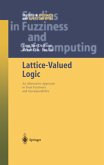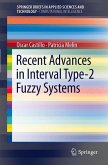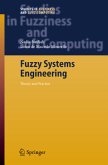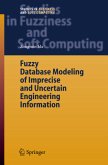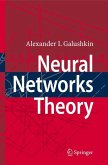We describe in this book, new methods for building intelligent systems using type-2 fuzzy logic and soft computing techniques. Soft Computing (SC) consists of several computing paradigms, including type-1 fuzzy logic, neural networks, and genetic algorithms, which can be used to create powerful hybrid intelligent systems. In this book, we are extending the use of fuzzy logic to a higher order, which is called type-2 fuzzy logic. Combining type-2 fuzzy logic with traditional SC techniques, we can build powerful hybrid intelligent systems that can use the advantages that each te- nique offers. We consider in this book the use of type-2 fuzzy logic and traditional SC techniques to solve pattern recognition problems in real-world applications. We c- sider in particular the problems of face, fingerprint and voice recognition. We also consider the problem of recognizing a person by integrating the information given by the face, fingerprint and voice of the person. Other types of applications solved with type-2 fuzzy logic and SC techniques, include intelligent control, intelligent manuf- turing, and adaptive noise cancellation. This book is intended to be a major reference for scientists and engineers interested in applying type-2 fuzzy logic for solving problems in pattern recognition, intelligent control, intelligent manufacturing, robotics and automation.
From the reviews:"This research monograph offers a broad coverage of the recent developments in ... type-2 fuzzy sets and fuzzy systems. ... The monograph is arranged into 17 concise and well-focused chapters covering a wealth of applications and methodologies of type-2 fuzzy sets. ... chapters brings some useful motivating notes and elaborates on the algorithms pertinent to the problem at hand. ... a timely compendium of applications of type-2 fuzzy systems and offers the reader a sound overview of design techniques supporting the construction of such architectures." (Witold Pedrycz, Zentralblatt MATH, Vol. 1171, 2009)



